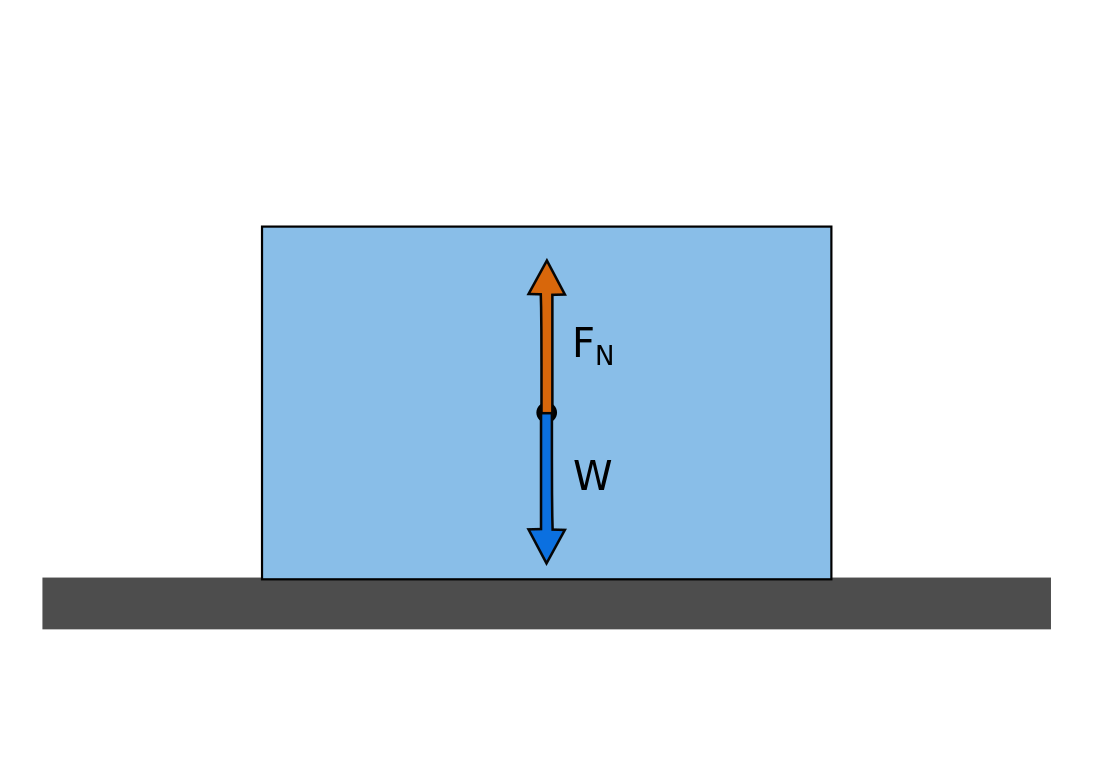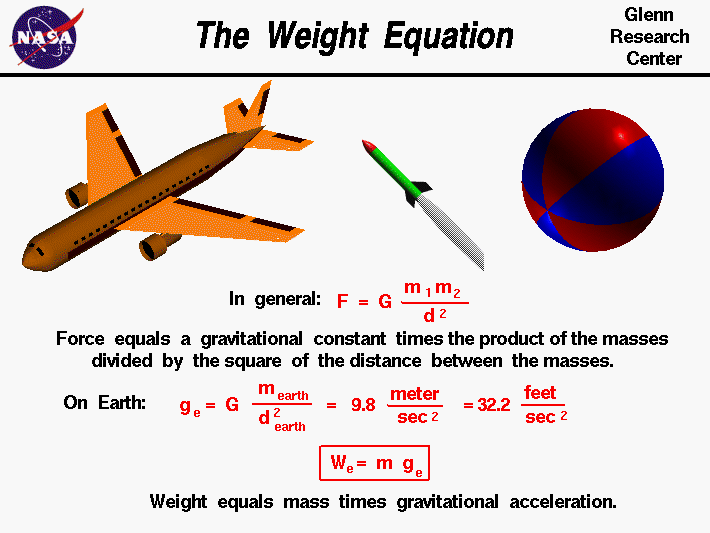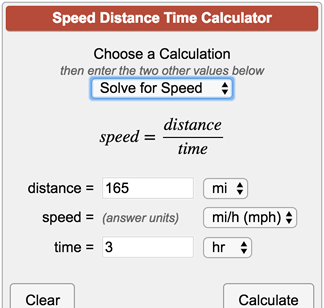

It is no wonder that such high ω centrifuges are called ultracentrifuges. This last result means that the centripetal acceleration is 472,000 times as strong as g. Using the properties of two similar triangles, we obtain \frac=4.72\times10^5\\. The two equal sides of the velocity vector triangle are the speeds v 1 = v 2 = v. Both the triangles ABC and PQR are isosceles triangles (two equal sides). The direction of centripetal acceleration is toward the center of curvature, but what is its magnitude? Note that the triangle formed by the velocity vectors and the one formed by the radii r and Δ s are similar. (Because Δθ is very small, the arc length Δs is equal to the chord length Δr for small time differences.) (See small inset.) Because a c = Δv/Δt, the acceleration is also toward the center ac is called centripetal acceleration. The directions of the velocity of an object at two different points are shown, and the change in velocity Δv is seen to point directly toward the center of curvature. We call the acceleration of an object moving in uniform circular motion (resulting from a net external force) the centripetal acceleration( a c) centripetal means “toward the center” or “center seeking.”įigure 1. This pointing is shown with the vector diagram in the figure. Acceleration is in the direction of the change in velocity, which points directly toward the center of rotation (the center of the circular path). The direction of the instantaneous velocity is shown at two points along the path. In this section we examine the direction and magnitude of that acceleration.įigure 1 shows an object moving in a circular path at constant speed. The sharper the curve and the greater your speed, the more noticeable this acceleration will become. (If you hold the wheel steady during a turn and move at constant speed, you are in uniform circular motion.) What you notice is a sideways acceleration because you and the car are changing direction. You experience this acceleration yourself when you turn a corner in your car.

In uniform circular motion, the direction of the velocity changes constantly, so there is always an associated acceleration, even though the magnitude of the velocity might be constant. We know from kinematics that acceleration is a change in velocity, either in its magnitude or in its direction, or both.

Establish the expression for centripetal acceleration.By the end of this section, you will be able to:


 0 kommentar(er)
0 kommentar(er)
